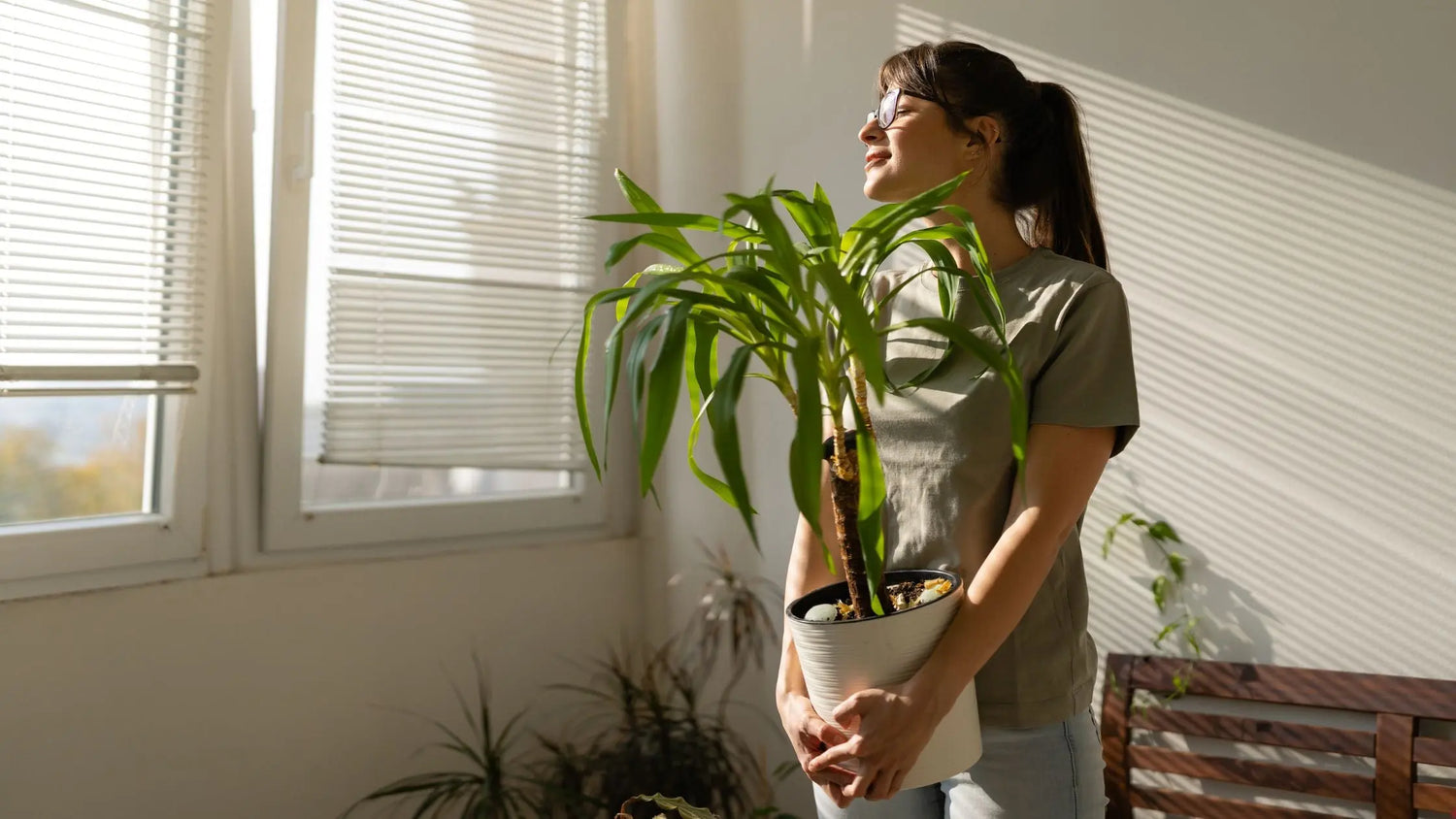Today we delve into the true meaning of flowers and why they play an important role. There's lots of houseplants that flower - typically much smaller than the flowers you see at a florist but nonetheless equally as beautiful (arguably more attractive too).
For centuries, humans have ascribed symbolic meanings to flowers beyond mere botanical interest. Floral motifs have conveyed deep ideas in art and literature across cultures. Beyond decoration, certain blooms double as messengers communicating unsaid feelings or atmosphere based on attributed meanings.
This floral “language” emerged in Victoria England when etiquette constrained overt expression. Bouquets became vectors subtly expressing emotions. Suitors courted paramours via strategic arrangements where specific flowers were tied to meanings. A tulip - love, lavender - devotion, etc. By piercing certain codes, lovers exchanged secret messages evading open declaration of feelings deeming impropriety.
Meanings of Popular Flowers
Red Roses: Timeless love and passion
White Lily: Majesty and purity
Tulip: Quintessential declaration of love
Chrysanthemum: Symbolizes optimism and joy
Iris: Embodies hope, cherished friendship
Violet: Modesty and faithfulness
Sunflower: Adoration and dedicated devotion
Lilies: Associated with rebirth and renewal
Importance of Flower Colour
Pigmentation also sways symbolic meaning in the language of flowers. While a yellow rose means friendship potentially, an orange rose conveys enthusiasm, and red roses signal romance. White denotes innocence, purple signals regal majesty, and blue stands for the metaphysical over tangible. Green symbolizes resilience and good fortune. Thus identical flowers can relay alternate ideas through brilliant hue distinctions.
Floriography in Art and Literature
Beyond lovers’ messages, the presence of specific flowers has carried allegorical significance in art historically. Red spider lilies in Japanese paintings represent lost memories and revival while Egyptians linked water lilies to rebirth because they vanished at night, blooming again in dawn. Magnolias figures in Chinese culture as symbols of nobility and perseverance.
Similarly, van Gogh’s Sunflowers series captures loyal devotion and Light while Oscar Wilde’s Picture of Dorian Gray uses white roses to indicate transformed innocence As visual metaphors, flowers convey deeper meaning layered beyond sheer aesthetic appeal.
Practical Applications of Flower Symbolism
Beyond abstract ideas, the coded vocabulary of flowers once served functional purposes internationally. During the 1600s-1800s, Ottoman dignitaries conferred meaning onto flower motifs adorning garb to indicate authority level via visual insignias sans jewelry. Carnations denoted betrothal in Tudor England while tussie-mussies with blooms and herbs functioned as scented vials for Victorians, doubling as herbology knowledge cards
Flower Meanings in Today’s Contexts
Though less common today, floral symbolism persists in small doses — white lilies still signify wistful sympathy in funeral arrangements while modern brides often carry roses with layered “wedding flower” connotations of love and new beginnings. Subconsciously, the historic language still colors our imagination.
Efflorescence of the Language of Flowers
Regardless of waning practice explicitly, latent flower symbolism promises resurrection as sustainable slow living gains traction. By revisiting old lexicons, the language of flowers allows channeling cherished memories and unvoiced feelings into revived Tokens carrying personal resonance. As herbalism too witnesses a revival aligned with holistic living, the possibilities bloom infinitely to reinvent coded messaging through thoughtfully gifting floral mementos once more.
The Enduring Charm of Floriography
Despite shifts from Victorian England to the modern world, the flower lexicon retains charm questioning and imagining alternate realities hinting at something beyond observable existence tied to living bouquets. Just as plants balance logic and magic through both photosynthesis and alluring scents, the allure of assigned floral symbols hints at profound possibilities. Perhaps therein lies the perennial fascination given flowers’ inherent poetry waiting to be woven into stories yet untold.



